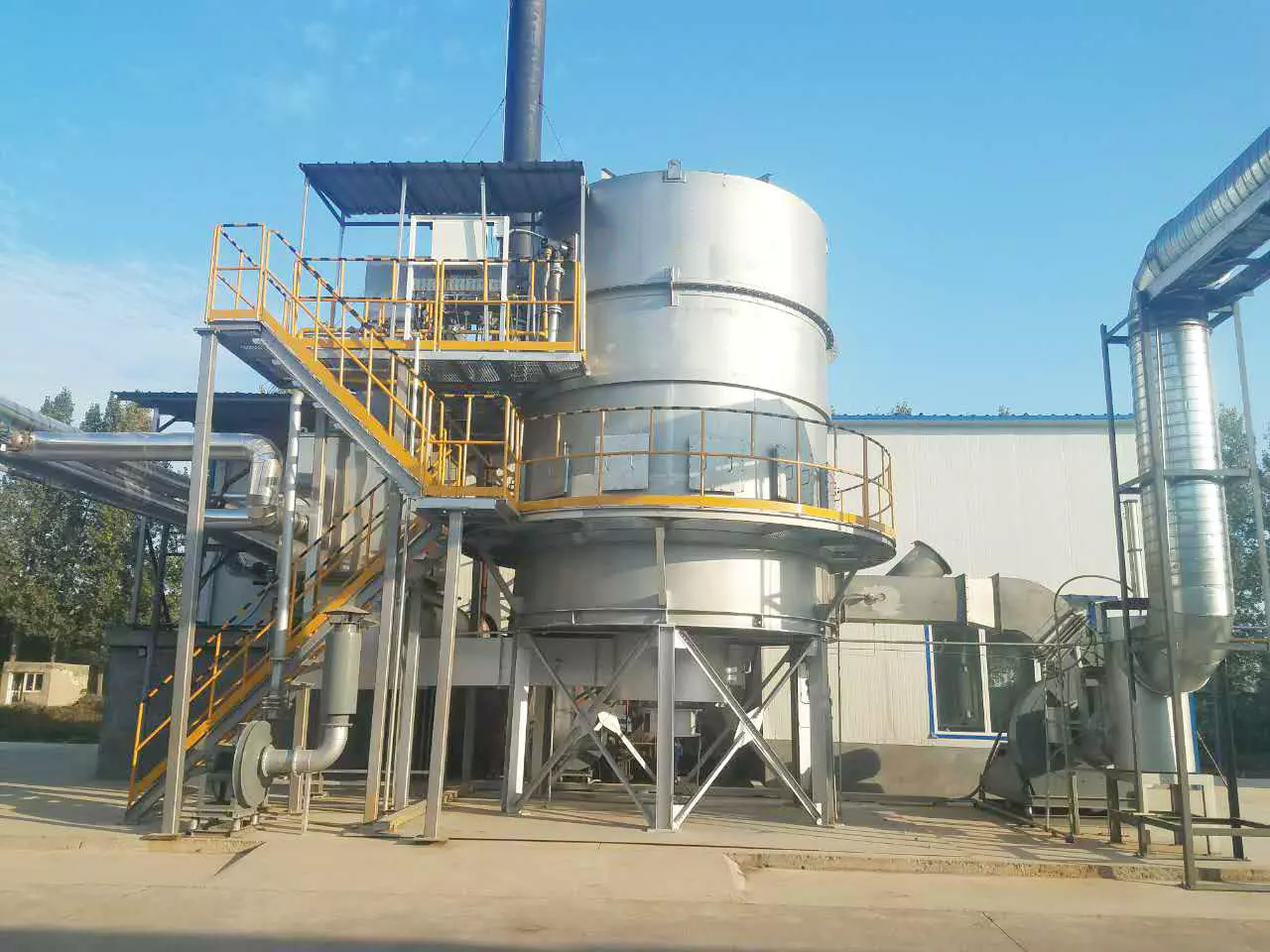What are the common failure modes of an RTO thermal oxidizer?
Introduction
The RTO (Regenerative Thermal Oxidizer) is a widely used technology for air pollution control in various industries. However, like any complex system, it is prone to certain failure modes that can impact its performance and efficiency. In this article, we will explore the common failure modes of an RTO tepelné okysličovadlo
and discuss their implications.
1. Heat Exchanger Failure
– Insufficient heat transfer due to fouling or scaling of the heat exchanger surfaces.
– Corrosion of heat exchanger components leading to leakage.
– Improper insulation causing heat loss and reduced system efficiency.
– Overheating of the heat exchanger due to excessive temperatures or inadequate cooling.
2. Control System Malfunction
– Sensor failure or drift, resulting in inaccurate temperature, pressure, or flow measurements.
– Faulty control valves leading to improper regulation of gas and air streams.
– Software glitches or programming errors causing erratic system behavior.
– Power supply issues compromising the functioning of the control system.
3. Combustion Chamber Problems
– Incomplete combustion due to insufficient residence time or inadequate mixing of fuel and air.
– Flame instability leading to excessive vibrations and potential damage to the chamber.
– Build-up of deposits or ash on the combustion chamber walls, reducing heat transfer efficiency.
– Erosion or corrosion of chamber materials due to aggressive combustion byproducts.
4. Air Pollution Control Media Issues
– Deterioration or clogging of the ceramic or metallic media, reducing pollutant removal efficiency.
– Media bed compaction or channeling, resulting in uneven gas distribution and decreased performance.
– Inadequate pre-treatment of the gas stream, leading to fouling or poisoning of the media.
– Insufficient media thickness or surface area for effective pollutant capture.
5. Maintenance and Operational Negligence
– Poor maintenance practices, such as irregular cleaning or lubrication, contributing to equipment failure.
– Ignoring warning signs or alarms, leading to delayed or inadequate response to system issues.
– Improper start-up or shutdown procedures causing thermal stress and premature component wear.
– Neglecting regular inspections and audits, resulting in undetected problems and decreased reliability.
Conclusion
It is crucial for operators and maintenance personnel to be aware of the common failure modes of an RTO thermal oxidizer. By understanding these issues and taking proactive measures to prevent or address them, industries can ensure the optimal performance and longevity of their air pollution control systems.

Common Failure Modes of an RTO Thermal Oxidizer
Our company is a high-end equipment manufacturing enterprise that specializes in comprehensive treatment of volatile organic compounds (VOCs) in waste gas and carbon reduction and energy-saving technology. Our core technologies include thermal energy, combustion, sealing, and self-control, with the ability to simulate temperature fields and air flow fields. We also have the ability to model and calculate ceramics heat storage material properties, molecular sieve adsorption material selection, and VOCs organic high-temperature incineration oxidation characteristics.
Our advantages lie in our RTO technology research and development center and waste gas carbon reduction engineering technology center located in Xi’an, as well as our 30,000 square meter production base in Yangling. We are a leading manufacturer in terms of sales volume of RTO equipment and molecular sieve rotary equipment worldwide. Our core technology team comes from the Aerospace Liquid Rocket Engine Research Institute (Aerospace Six Institute). Our company has more than 360 employees, including more than 60 R&D technical backbones, of which there are 3 senior engineers, 6 senior engineers, and 43 thermodynamics PhDs.
Our core products are rotating valve heat storage oxidation incinerators (RTO) and molecular sieve adsorption concentration rotary equipment. Combined with our own environmental protection and thermal system engineering technology expertise, we can provide customers with comprehensive solutions for industrial waste gas treatment and energy utilization, as well as carbon reduction.

Certifications, Patents, and Honors
- Certifikace systému správy duševního vlastnictví
- Certifikace systému managementu jakosti
- Certifikace systému environmentálního managementu
- Kvalifikace stavebního podniku
- High-tech Enterprise
- Rotating Valve Heat Storage Oxidation Incinerator Turning Valve Patent
- Rotary Heat Storage Incineration Equipment Patent
- Disc-type Molecular Sieve Rotary Patent, etc.

How to Choose Suitable RTO Equipment
- Determine Waste Gas Characteristics
- Understand Local Regulations and Emission Standards
- Evaluate Energy Efficiency
- Consider Operation and Maintenance
- Budget and Cost Analysis
- Select Suitable RTO Type
- Environmental and Safety Considerations
- Performance Testing and Verification
It is crucial to explain each point in detail when selecting suitable RTO equipment. The first step is to determine the characteristics of the waste gas to be treated. Then, local regulations and emission standards should be studied to ensure compliance. Energy efficiency should be evaluated, followed by consideration of operation and maintenance. Budget and cost analysis should be carefully conducted, and a suitable RTO type selected. Environmental and safety factors should be taken into account, and performance testing and verification should be carried out.
Our Service Process
- Consultation and Evaluation: Preliminary Consultation, Site Inspection, Needs Analysis
- Design and Program Development: Program Design, Simulation, Program Review
- Production and Manufacture: Custom Production, Quality Control, Factory Testing
- Installation and Commissioning: On-site Installation, Commissioning, Training Services
- After-sales Support: Regular Maintenance, Technical Support, Spare Parts Supply
Each point of our service process should be explained in detail. We are a one-stop solution provider with a professional team that provides customers with tailor-made RTO solutions.
Autor: Miya
